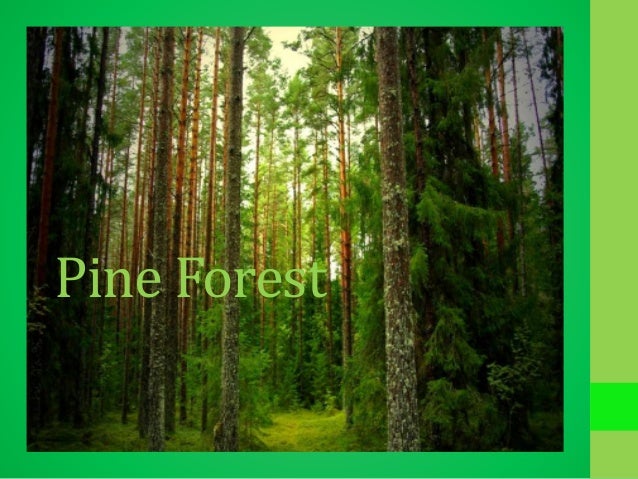
Some of the more characteristic birds of this pine forest are the elegant tit, which is endemic to the Philippines, and velvet-fronted nuthatch.Īlthough these pine forests are heavily logged and burnt, almost 20% of the ecoregion is already formally protected, and over 60% of pine forest habitats remain outside. The larger mammals in the ecoregion include subspecies of the Philippine brown deer, Philippine warty pig, and Philippine long-tailed macaque. Many of these ‘cloud rats’ and ‘earthworm mice’ are more reminiscent of squirrels, rather rats, and have an interesting array of physical features. The ecoregion supports several endemic rats and mice, some of which are found only in the mountain ecosystems of Luzon. Image credit: Adrian Pingstone, Creative Commons Pollen and charcoal in nearby lake sediments show high pine pollen and charcoal accumulation during the same periods, suggesting that fires could indeed have been associated with the presence of large areas of Pinus. montane and submontane broadleaf forests. If the disturbances are stopped and the successional processes are allowed to proceed, much of the pine forests could revert back to the ‘original’ vegetation, i.e. The Khasia pine forests are now common at about 600 m elevation, and most common on steep slopes between 1,000 and 2,000 m. Pine forests with limited distributions then spread and colonized the disturbed areas, which continued to be subjected to periodic disturbances that maintained forest succession at intermediate stages, preventing the ecosystem from reverting to broadleaf forests.

One model posits that the original vegetations were montane and submontane rainforests, but were converted by anthropogenic activities, especially shifting cultivation and fires. The origins of and the ecological processes that maintain the pine forests are uncertain. Montane broadleaf forests interdigitate with the pine forests thus, in many places the forest vegetation consists of mixed broadleaf and pine forest. The understory is sparse, and usually composed of grasses. The dominant tree species is Khasia pine, variously known as Benguet pine and even Luzon pine. Image credit: Dibyendu Ash, Creative Commons The temperature averages around 15 to 20☌. There is a pronounced dry season from November to April. Typhoons are frequent sources of natural disturbances on the western side of Luzon. The seasonal climate concentrates most of the 2,500 mm of annual rainfall during the July to August monsoon season, but rainfall can be as high as 4,000 mm or more because of the typhoons that sweep in from the South China Sea. The island itself was created from volcanic activity, as undersea volcanoes erupted, emerged, and coalesced to eventually form the large island. The mountains originated from volcanic and tectonic activity of the Australian and Asian plates. The Luzon Tropical Pine Forests ecoregion covers the tropical pine forest on the Central Cordillera Mountains on Luzon Island. It is thought that the birds migrated there from the Himalaya, following the Quaternary ice age Khasia Pine forests along the mountain ranges of Southeast Asia.

The Luzon Tropical Pine Forests are a long way from the conifer forests of the northern hemisphere, but also supports a population of the red crossbill. The flagship species of the Luzon Tropical Pine Forests ecoregion is the elegant tit. It forms large flocks in coniferous forests, and a particular adaptation to a life in pine forests is its ‘crossbill’, where the upper and lower mandibles ae crossed, enabling it to break open pine cones and extract the seeds.

The red crossbill is a small bird that’s widely distributed across the northern hemisphere, from North America through Europe and Central Asia, down to the Himalaya.


 0 kommentar(er)
0 kommentar(er)
